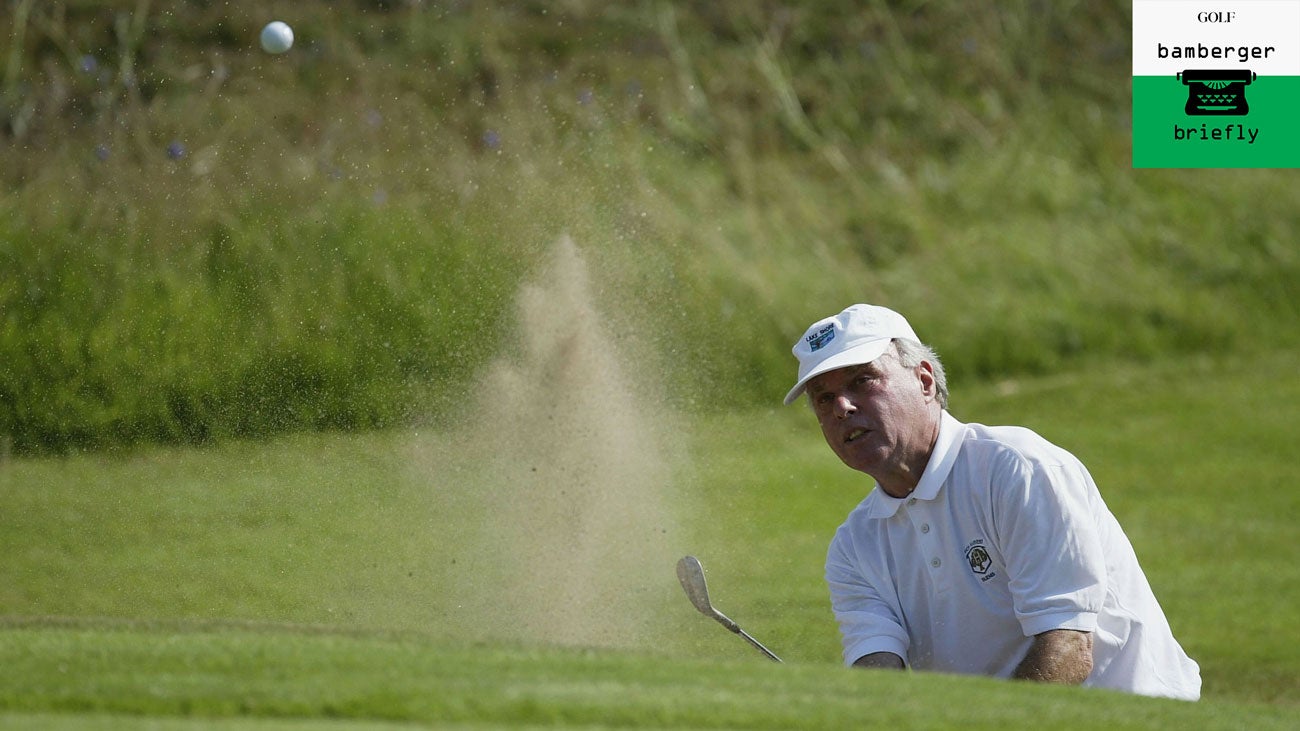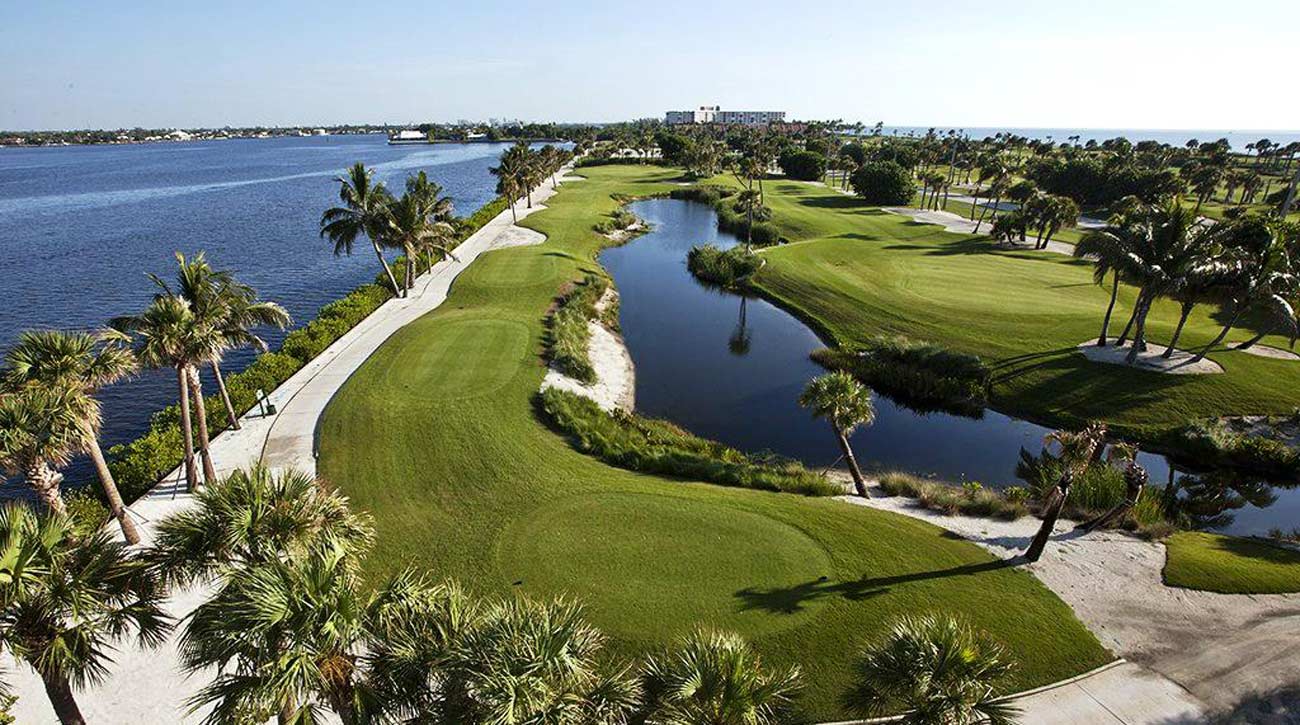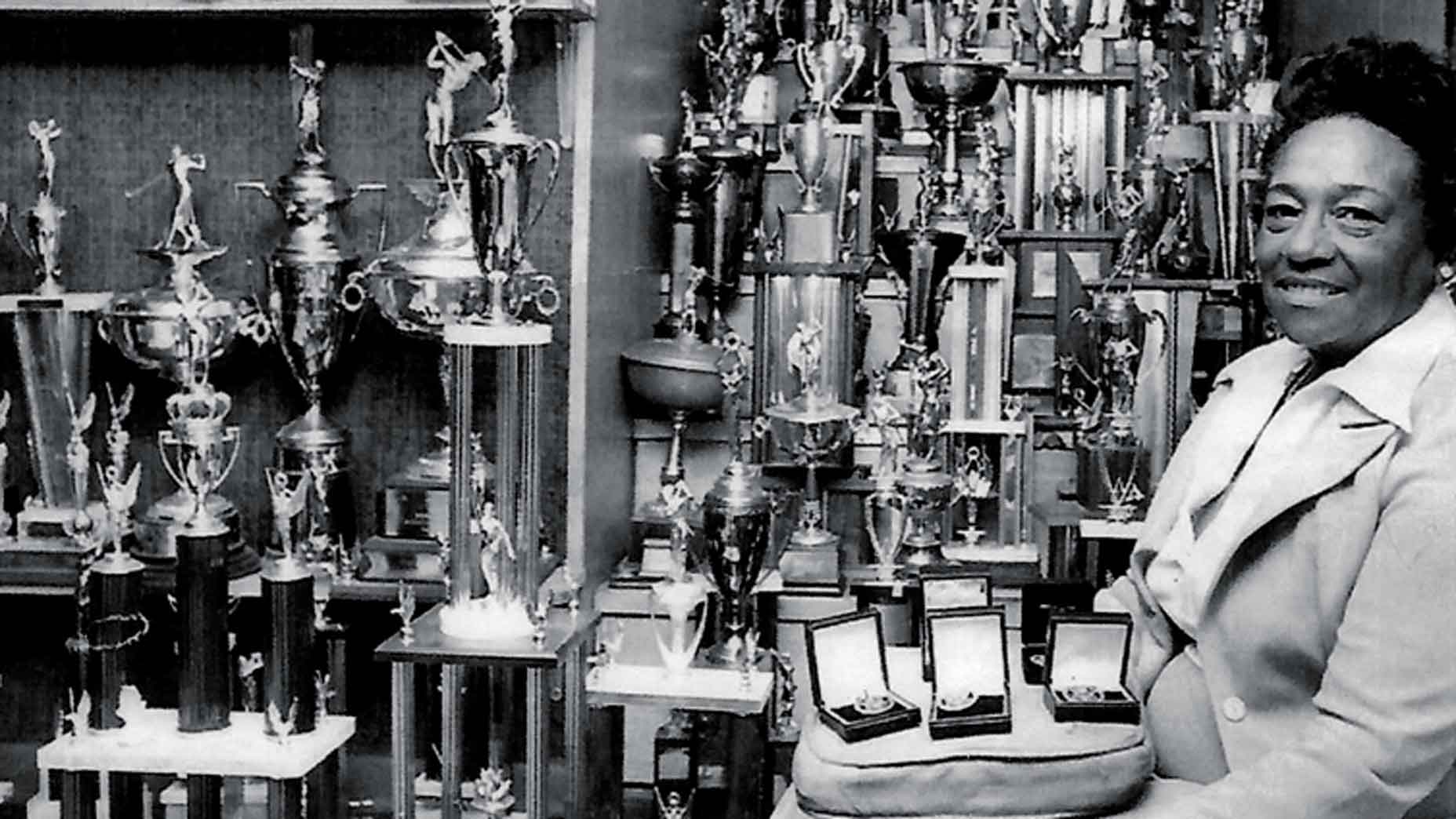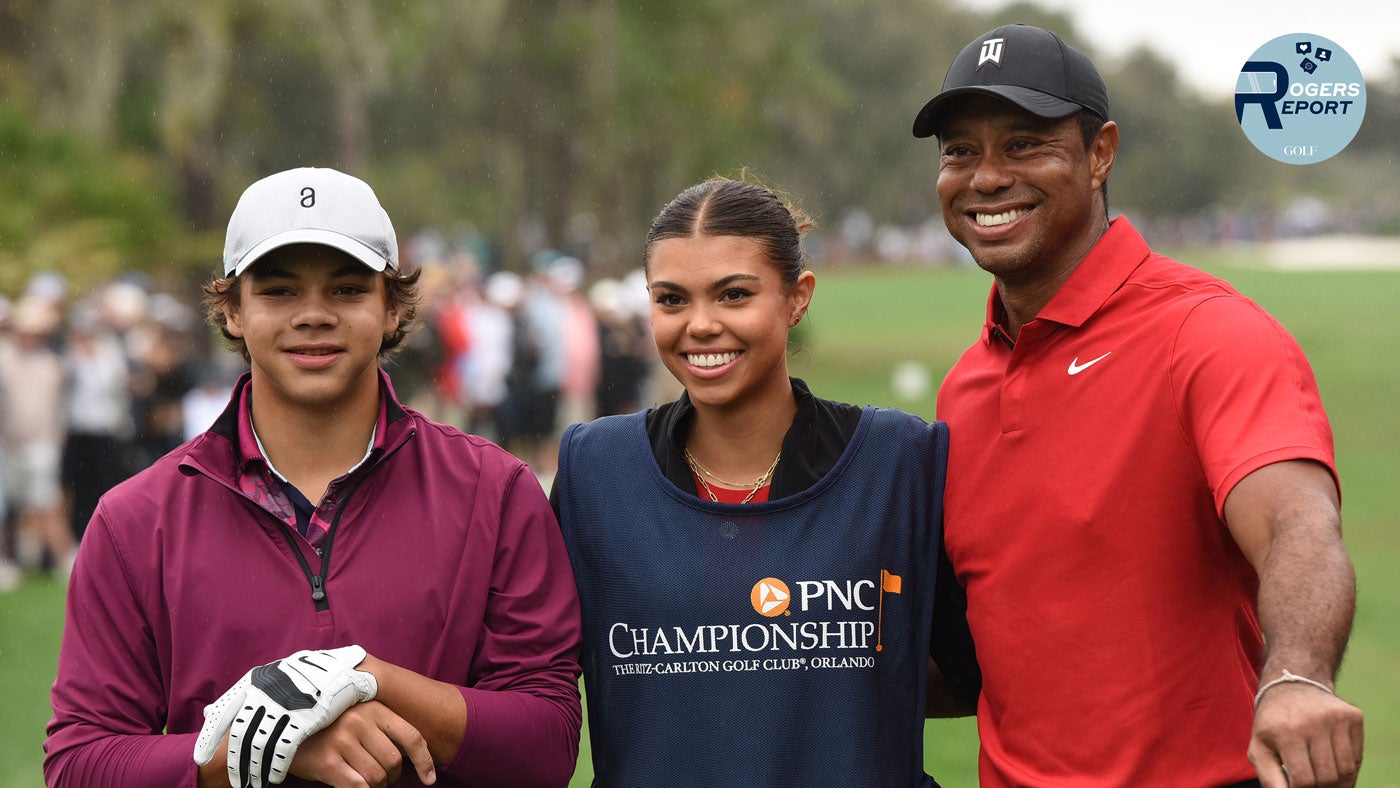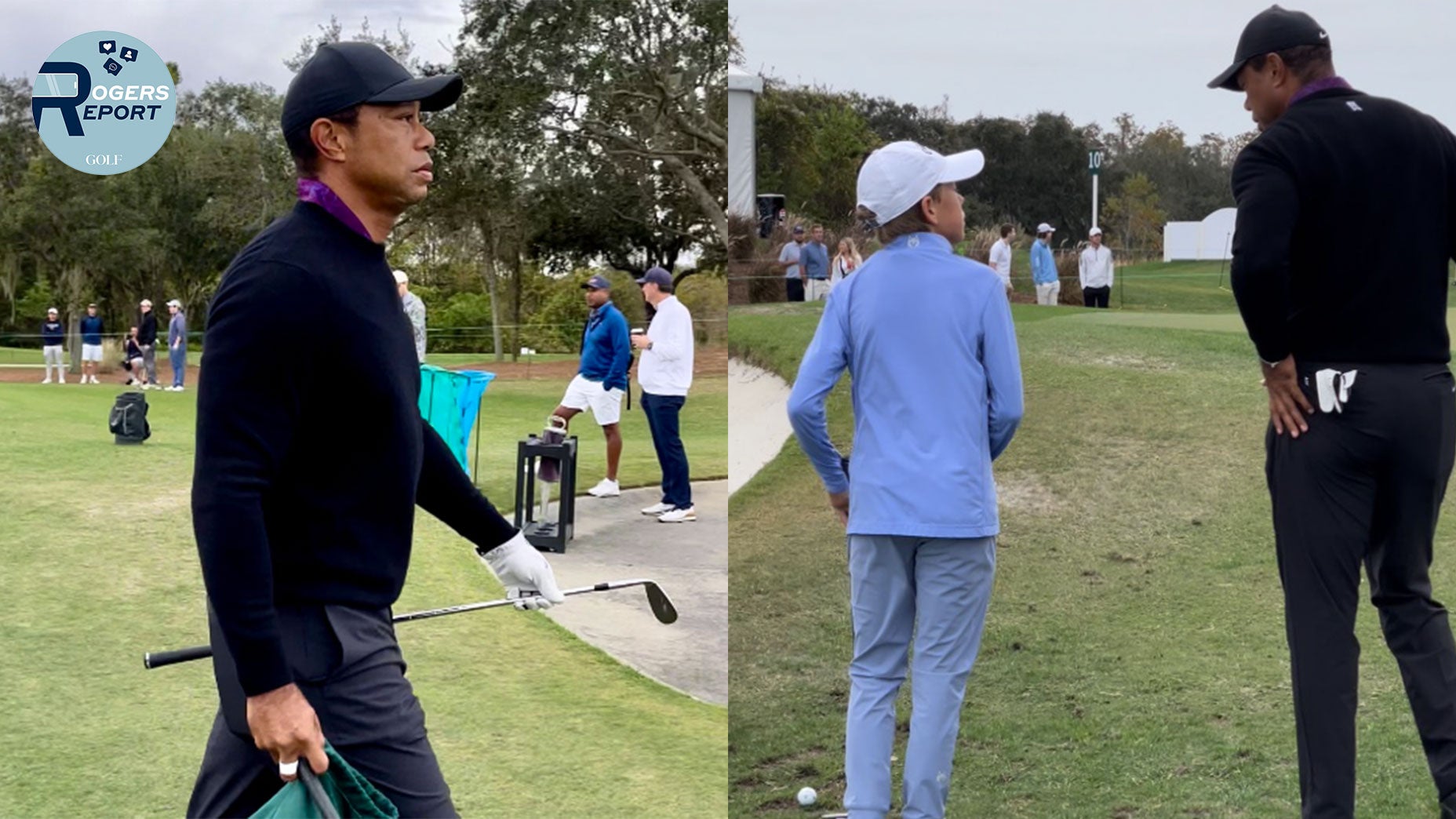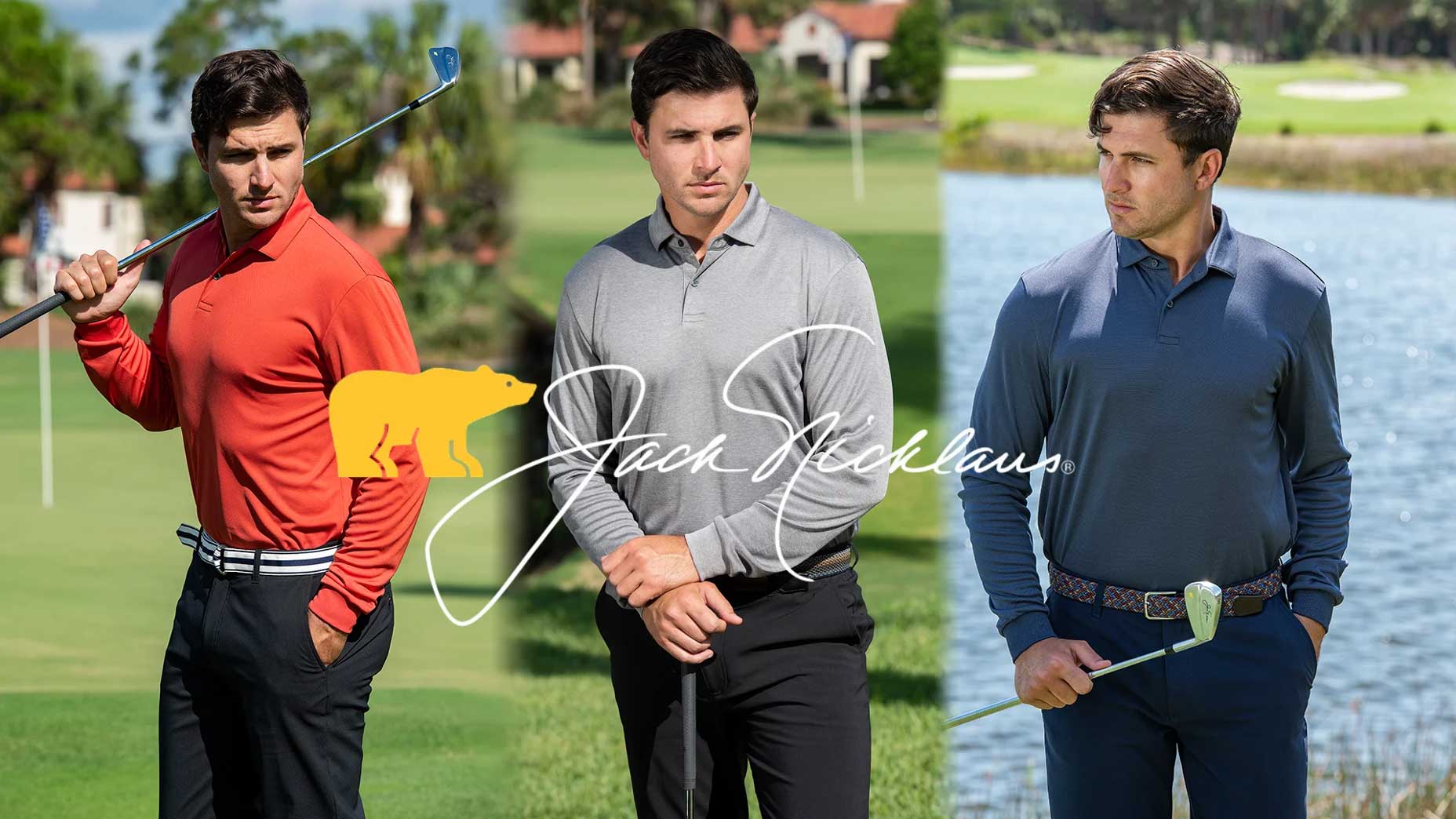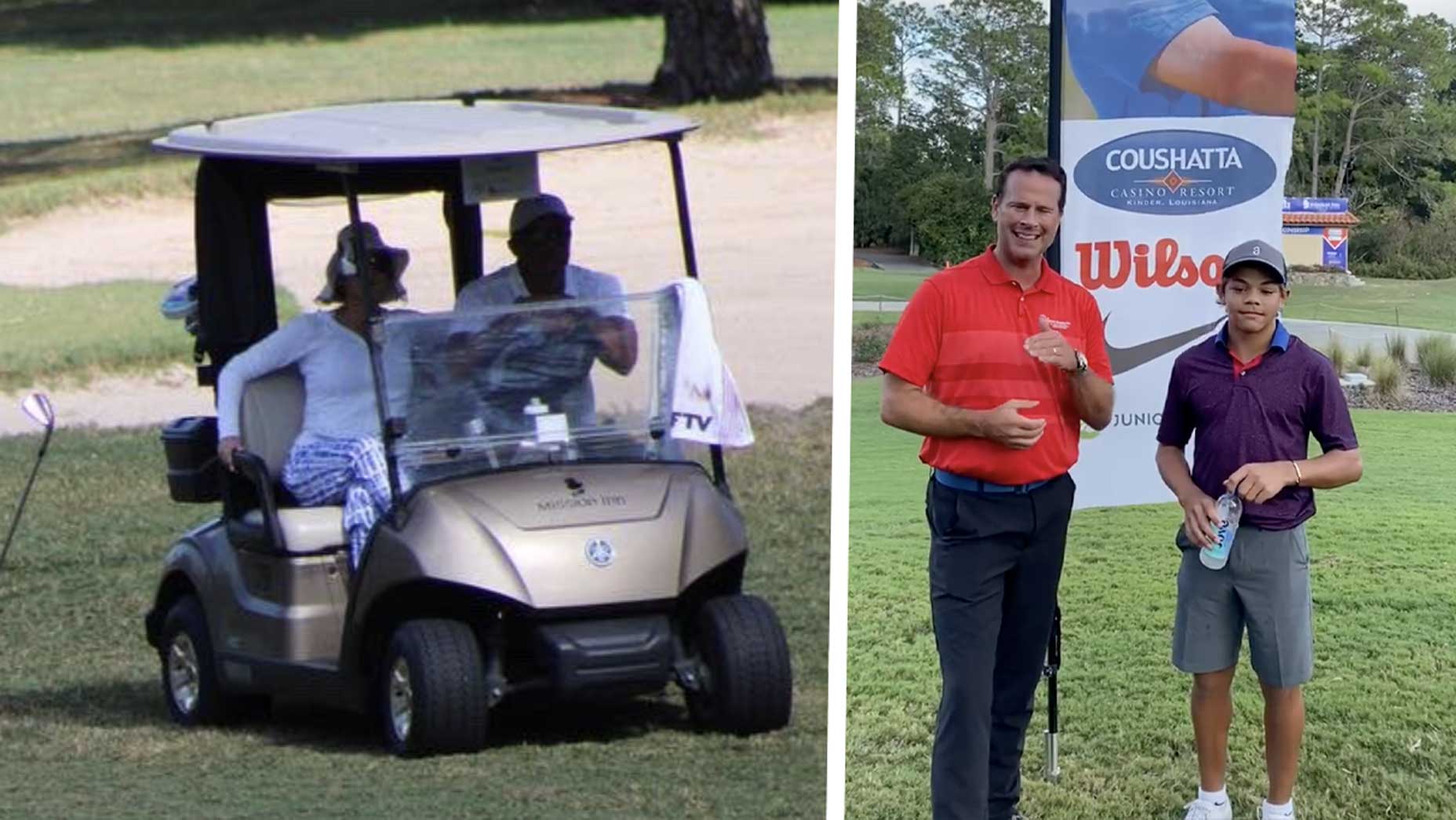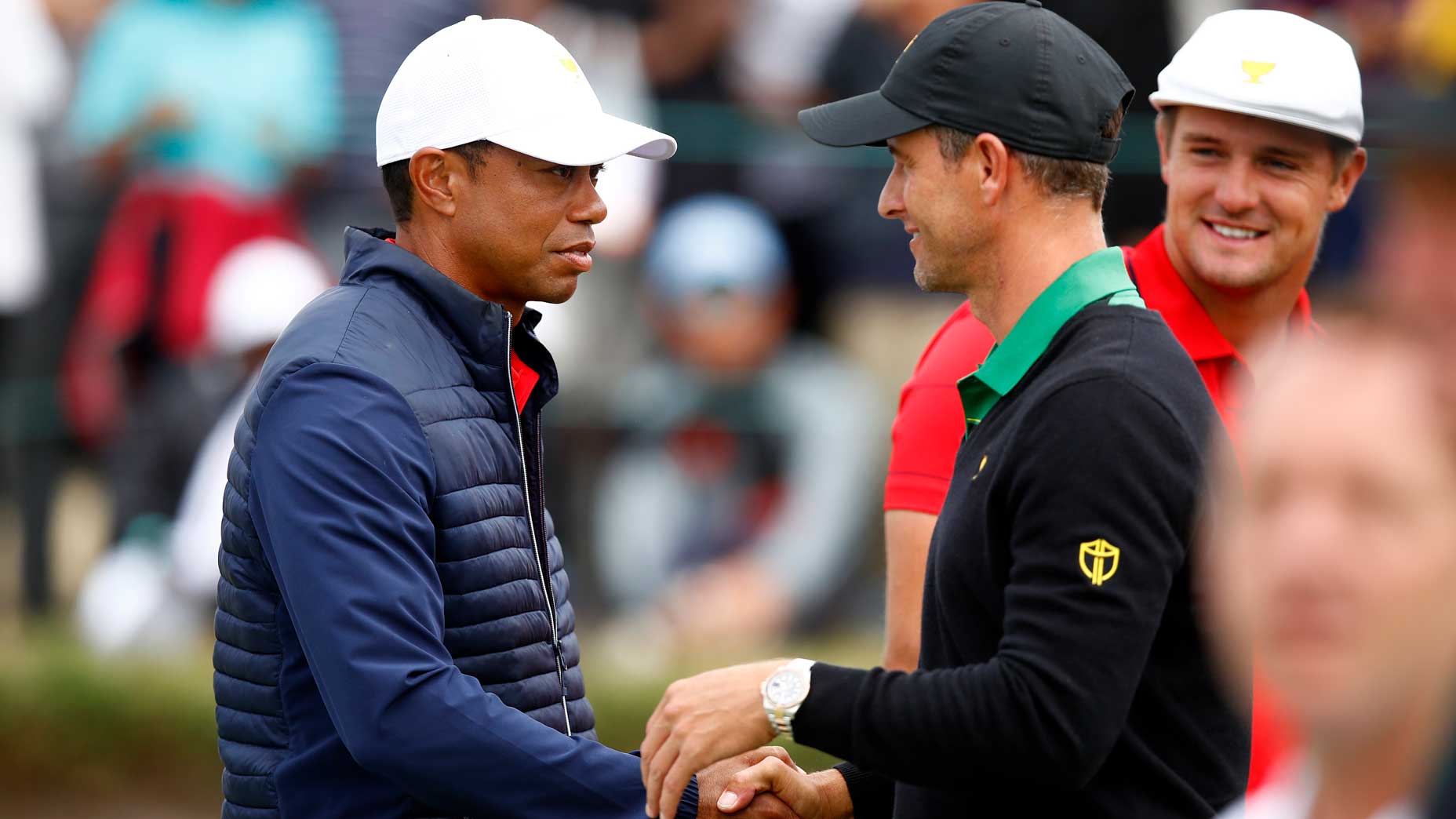PALM BEACH, Fla. — I played with a legendary amateur here the other day, on a legendary course. You may not have heard of either, but golf has a private side, and this is not a golfer, or a course, that seeks attention.
The golfer, Joel Hirsch, has played in 38 USGA events, but that doesn’t mean he got much TV time. The course we played, at the Palm Beach Country Club, is a behind-the-hedge Donald Ross classic, a compact one on 80 gently heaving acres beside the Atlantic Ocean. Its sweeping third green, at the top of a modest hill, is so gorgeous you can get a little emotional, walking across it. (Would it be so hard to build a green like that today?) You don’t see PBCC on top-100 lists, and the members don’t seem to care. Or Joel doesn’t. The Palm Beach Country Club — the course and the driving range — is his winter home, almost literally. The rest of the year, he lives and plays in Chicago.
“We’ll play one step ahead of the back of each tee box,” Joel said on the first tee. That gets the course, a par 70, to 6,001 yards. Something like that. Not that it matters.
Hirsch — a retired insurance man with a head for numbers — did the first-tee math and gave me five a side. We played for $5. He’s played for more. He’s played for less. He’s played better golfers. He’s likely played worse. I had one thing going for me: no pace-of-play issues. We didn’t have to use the phrase “ready golf.”
Is this Palm Beach muni the best public par-3 course in the world?By: Michael Bamberger
Hirsch is 80, trim and flexible, and he walks with purpose. Walking 18 is nothing for him. He works out daily. So does his wife, Cynthia. They have had a condo in Palm Beach for decades.
When I met Joel Hirsch, he was 56. That was in 1998 and Hirsch was on top of his game, in every way. The late Tim Rosaforte, once my Sports Illustrated colleague, got us together, at the Palm Beach Country Club. Last month, at a memorial service for Tim at a mega church in South Florida, Joel was there, sitting in the back row. Hirsch knew, or knew of, some of the other golfers there, Jack Nicklaus, Tom Watson, Andy North and Mike Donald among them, but Hirsch didn’t go around saying hello. That’s just not him. He was there for Tim’s family.
In general, Hirsch is not somebody who needs a lot of people around. That makes him like a lot of good golfers. Arnold Palmer liked to have a crowd around him, but Ben Hogan didn’t. Nicklaus, Mickey Wright, Lee Trevino, Curtis Strange, Annika Sorenstam, Tiger Woods, the same. Hirsch has played thousands of rounds by himself. Of course, he’s played many more rounds in twosomes and threesomes and foursomes. Plus, the occasional fivesome.
Once, at a U.S. Senior Open, Hirsch played a practice round with Nicklaus and Palmer. The amateur golfer O. Gordon Brewer, a former Pine Valley Golf Club president whose son is the president of Callaway, was also in the group. As amateur golfers, Brewer is to Philadelphia what Hirsch is to Chicago. That is, at the peak of their powers there were few in their cities who could beat them.
That’s a whole thing. Golf has leagues on top of leagues on top of leagues. The club champ at your club has a certain level of golfing status, of course. Hirsch was not one to play in club championships. He didn’t think it was fair, as he played so much national competitive golf and spent so much time working on his game. He wasn’t, of course, a pro. But he wasn’t just another good weekend club golfer, either. He had plenty of events to play in. Give other people a chance.
Hirsch was not one to play in club championships. He didn’t think it was fair.
“Pros against the ams,” Palmer said on the first tee, on that practice round at the 1998 U.S. Senior Open at Riviera, Nicklaus and Brewer and Hirsch within earshot. At the end of the round, Hirsch was never happier to part with $100. He’s played for more money. He has not played a more accomplished better-ball team. You may know that Nicklaus and Palmer won the 1967 World Cup by 13 shots. No shame, for Hirsch and Brewer, to lose to those two.
“Palmer was a great guy and a friend,” Hirsch said. “Maybe not a friend. But more than an acquaintance.” He likes precision. “You could play $100 seven-ways with Arnold, automatic two-downs and all the rest, and he could keep it all in his head. If, at the end of the day, he said, ‘You owe me six,’ you owed him six.” Six hundred. If you know something about Arnold, you know he didn’t play for crazy sums. He worked too hard for his money and liked it too much.
If you know something about golf in Chicago, you know about Hirsch. (Luke Donald, a former Northwestern golfer, and Michael Jordan, former Chicago Bulls basketball player, can both tell you all about Hirsch’s game.) He has lived in and around Chicago since he was 11. He played as a freshman under Dave Williams at the University of Houston, realized after one year he was not going to make a living as a professional golfer and took his golf talent, and his math gene, to the University of Illinois. A writer at the The Trib once wrote of him, “He majored in finance and minored in golf.” The Chicago Tribune knew how to cover golf, and it needed to. Along with Philadelphia and New York, Chicago is one of the three great golfing meccas in the United States.
Golf’s ultimate secret legend, Ann Gregory, lived a life of firstsBy: Michael Bamberger
Discuss amongst yourselves. My sources are Ben Crenshaw, the original Robert Trent Jones and the inimitable Herbert Warren Wind.
Hirsch was the Chicago District Golf Association’s Golfer of the Year in 1993 and ’94. In other words, in his 50s, he was very, very good. He won one British Senior Amateur in 1996 and another in 2000. In 1999 — at age 58! — he qualified for the Western Open in a Monday four-spotter. Yep, the real deal.
“Hey, Joel,” Tiger Woods said to Hirsch at that ’99 Western Open, then held at Cog Hill. They were passing each other in the press tent. Previously, they had played practice rounds together at U.S. Ams. During that week, the week of the ’99 Western Open, Hirsch and Woods and Jordan played Medinah, where the PGA Championship would be held in six weeks. Woods won that ’99 Western at Cog Hill. Six weeks later, he won the ‘99 PGA at Medinah, too. Now Woods is trying to fix-up two public courses in Chicago, Jackson Park and South Shore.
Until the other day, it had been 24 years since I had seen Mr. Hirsch. Fifty-six to 80, of course, changes a man. I arrived on the practice tee at the Palm Beach Country Club (not be confused with the super-fun and public Palm Beach Par-3 course or the excellent Jack Nicklaus public course in North Palm Beach) and there he was, on the far end of the range, which doubles as the 10th fairway. He looked leaner and tougher than he did the last time I had seen him. Hungrier. Now he resembles the actor Christopher Walken. It’s Hirsch’s hair, lean face, knowing eyes. Kind of his manner, too. In conversation, Hirsch gets things down to their essence.
In conversation, Hirsch gets things down to their essence.
He was wearing white shoes, khaki tech-fabric shorts with no belt, a long-sleeved white shirt, a white bucket hat. He seldom takes a practice swing. I exaggerate nothing when I say Joel hit his tee shot off the first, with a driver, 260 yards. Yes, it was downwind on a firm fairway, but the shot was also up in the air, caught on the face, and it had about three yards of draw. His swing is long, limber and rhythmic. His left arm does not straighten, a function of a mild case of childhood polio.
Hirsch has a wide stance. (He is mostly self-taught, but one of his teachers, Ed Oldfield Sr., preached wide stances. See: King, Betsy.) Hirsch seems to always know how he wants to play the shot, pausing briefly now and again to consider the wind or the lie. His golf was a clinic and his longtime PBCC caddie, Zak Haas, showed not even a hint of surprise at the quality of his shots. Zak has seen Hirsch hit a million of ‘em.
I’m not saying that Hirsch is at the Trevino level. I mean, that would be crazy talk. But his golf is excellent.
He putts with a normal-length putter and uses a self-taught claw grip. He shot 34 going out. He wanted to know how I found my way to golf. (We talked, except when we didn’t.) Hirsch came to golf by way of the caddie yard. Chicago and caddies. It’s a real thing. (See: the Murray brothers.) I made a 4-for-3 on the short par-4 home hole, to Joel’s par, and we headed into the locker room, our most excellent round done, all square. Five a side. He knew.
Joel hasn’t played competitive golf in years, but he’s thinking about getting back into it. He’s already played in a couple Florida State Golf Association events this year, at Donald Ross public courses in north Florida, in the 75-and-older division, courses so sound, Joel said, “you could play them every day for the rest of your life and never get tired of them.” (One in Ocala, another in Palatka. He is not, at all, a golf snob.) Hirsch said his golf was OK, but not where he wants it to be, and he didn’t contend in either event. It was all sort of last-minute.
When the Hampton Inn in Palatka had no rooms, he and Cynthia found an old-timey bed-and-breakfast in a converted mansion. The proprietor, also 80, helped Joel bring his bags, not light, up the steps and to their room. There was no grunting.
Joel took inspiration from the gent.
We know how that goes.
Michael Bamberger welcomes your comments at Michael.Bamberger@Golf.com
